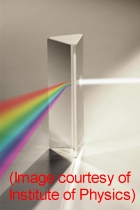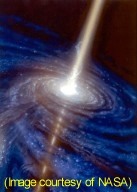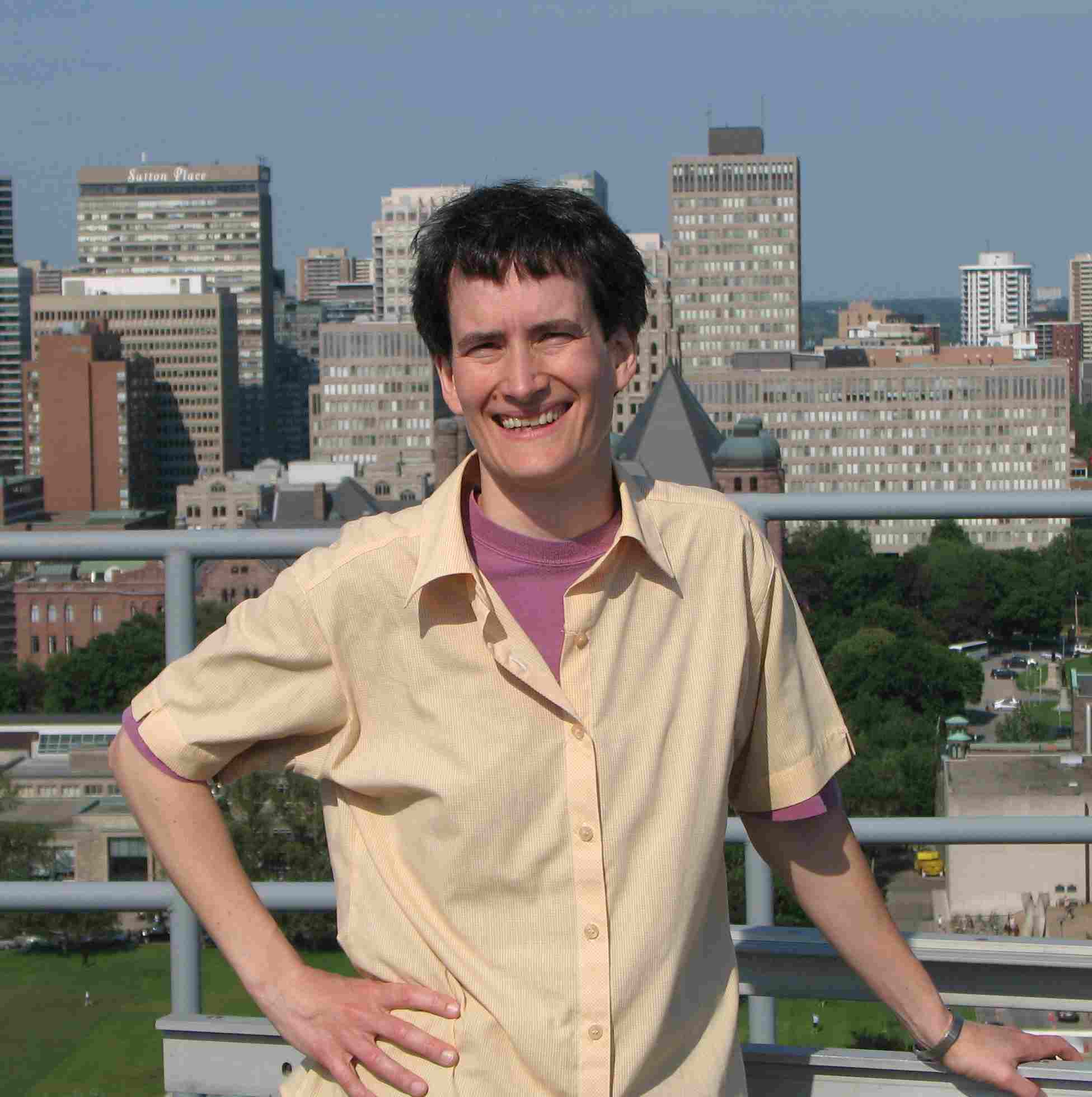 Homework
Homework
 Syllabus
Syllabus
 Suggested Problems
Suggested Problems
 Professor
Professor
 Quick Links
Quick Links


 Homework
Homework
 Syllabus
Syllabus
 Suggested Problems
Suggested Problems
 Professor
Professor
 Quick Links
Quick Links
The textbook references for each lecture will be posted in advance, and it is expected that you will have read them before coming to class.
After each lecture, the corresponding blue button in the "More" column will be activated, taking you to a webpage with some of the materials that were presented in class. Slides shown in class will be posted, but they will not include all material presented in class - additional material will be presented on the blackboard and in demonstrations. If you miss a lecture, you should make sure you get any additional material from a classmate. If the slides contain copyright material, they will be password-protected. I will give the password out in class.
The textbook is Physics: Concepts and Connections, Fifth Edition by Art Hobson, Pearson Education (2010). It is available from the University of Toronto Bookstore. Corresponding sections from the Fourth Edition are also given below, but the Fifth Edition is our primary reference.
Textbook chapters and sections that are listed below are examinable; those that are not listed or are explicitly omitted below are not examinable unless otherwise announced. All material covered in the lectures, whether in the textbook or not, is examinable.
|
Class |
Major Topics |
Textbook Reference |
More |
|
Lecture 1 |
|
Sections 1.1, 1.6, 1.8, 3.1, 3.2
Fourth Edition: same sections but 1.8 is new to Fifth Edition
|
|
|
Lecture 2 |
|
Sections 3.2, 3.3, 3.4, 3.5
Fourth Edition: same sections
|
|
|
Lecture 3 |
|
Sections 4.1, 4.2, 4.3
Fourth Edition: same sections
|
|
|
Lecture 4 |
|
Sections 4.4, 4.5, 5.1
Fourth Edition: same sections
|
|
|
Lecture 5 |
|
Sections 5.2, 5.5, 5.6, and 2.6 Fourth Edition: same sections
|
|
|
Lecture 6 |
|
Chaos Notes in html format
Chaos Notes in pdf format
Author: David M. Harrison, Dept. of Physics. Univ. of Toronto |
|
|
Lecture 7 |
|
Sections 6.1 - 6.6
Fourth Edition: same sections
|
|
|
Lecture 8 |
|
Sections 8.1, 8.2, 8.3, 8.5, 8.6
Fourth Edition: Sections 8.4 - 8.8 |
|
|
Lecture 9 |
|
Sections 8.6, 9.1, 9.2
Fourth Edition: Sections 8.1, 8.2, 8.3 |
|
|
Lecture 10 |
|
Sections 9.3 - 9.7
Fourth Edition: Sections 9.1 - 9.4
|
|
|
Lecture 11 |
|
Section 9.8
Fourth Edition: Sections 9.5
|
|
|
Lecture 12 |
|
Section 9.9
Fourth Edition: Sections 9.6
|
|
|
Lecture 13 |
|
Sections 10.1 - 10.4
Fourth Edition: same sections
|
|
|
Lecture 14 |
|
Sections 10.4 - 10.5
Fourth Edition: same sections
|
|
|
Lecture 15 |
|
Sections 10.6 - 10.7
Fourth Edition: same sections
|
|
|
Lecture 16 |
|
Sections 10.8
Fourth Edition: same sections
|
|
|
Lecture 17 |
|
Sections 11.1 - 11.2
Fourth Edition: same sections
|
|
|
Lecture 18 |
|
Sections 11.2 - 11.7
Fourth Edition: same sections
|
|
|
Lecture 19 |
|
Chapter 12
Fourth Edition: Chapter 13
|
|
|
Lecture 20 |
|
Sections 12.5 - 12.6, 13.1
Fourth Edition: Sections 14.1 - 14.2
|
|
|
Lecture 21 |
|
Sections 13.2 - 13.6
Fourth Edition: Sections 14.3 - 14.7
|
|
|
Lecture 22 |
|
Sections 13.6 - 13.7, 14.1 - 14.2
Fourth Edition: Sections 15.1 - 15.4
|
|
|
Lecture 23 |
|
Sections 14.3 - 14.4, 15.1 - 15.4 Fourth Edition: Sections 16.1 - 16.4, Chapter 17
|
|
|
Lecture 24 |
|
No new readings
|
Suggested Problems from the Fifth Edition
Suggested Problems from the Fourth Edition
 Prof. Kimberly Strong
Prof. Kimberly Strong
Office: MP710A (South-West corner of the 7th floor of the Burton Tower, 60 St. George Street)
Telephone: (416) 946-3217
Email: strong(AT)atmosp.physics.utoronto.ca
I will usually reply promptly to email inquiries, and generally within 24 hours.
If you have detailed questions about physics concepts or problems,
these are better addressed by coming to see me during office hours.
Office Hours: 3:00 - 4:00 PM Tuesdays and Thursdays, beginning on Tuesday, January 15.
You can also contact me to arrange an appointment or just drop by my office - if I have time, I will be pleased to answer your questions.
Home Page: http://www.atmosp.physics.utoronto.ca/people/strong/strong.html
Seminars:
General Resources:
Physics Resources:
Final Exams from Previous Years:
Physics-Related Societies and Magazines:
Download the latest Acrobat Reader and the latest Flash player: http://www.adobe.com
![]() Earth, Atmospheric, and Planetary Physics (EAPP) Group
Earth, Atmospheric, and Planetary Physics (EAPP) Group
![]() Department of Physics
Department of Physics
![]() University of Toronto
University of Toronto
![]() University of Toronto Learning Portal (Note: PHY100S has been activated on the Portal/Blackboard, but this external homepage will be used to provide most of the course content.)
University of Toronto Learning Portal (Note: PHY100S has been activated on the Portal/Blackboard, but this external homepage will be used to provide most of the course content.)
This web site is maintained by Kimberly Strong.
Last updated April 4, 2013.